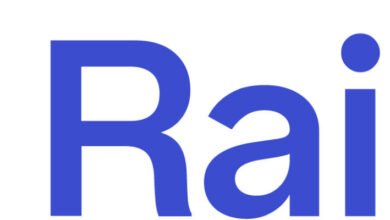Early bird v last minute ISA investing – which is best?

Investors may be rushing to make use of this year’s ISA allowance but there are also benefits worth thousands of pounds to being an early bird for the new tax year.
There are just a few days left to make use of your annual £20,000 ISA allowance before the end of the tax year on Friday 5 April.
ISA investment platforms and savings providers will still take contributions up to the deadline but there are also benefits to waiting and starting early with your new allowance when the next tax year begins on April 6.
Sign up to Money Morning
Don’t miss the latest investment and personal finances news, market analysis, plus money-saving tips with our free twice-daily newsletter
Don’t miss the latest investment and personal finances news, market analysis, plus money-saving tips with our free twice-daily newsletter
Analysis shows that early bird ISA investors tend to do better than those who invest at the last minute.
Research by Hargreaves Lansdown shows if you had invested the full ISA allowance in the Legal & General International Index fund through a stocks and shares ISA on the first day of the tax year for the past decade, your portfolio would have grown to £360,500.
Someone who left it to the last day of the tax year would have £322,500.
“ISA early birds get the returns,” says Sarah Coles, senior personal finance analyst at Hargreaves Lansdown.
“The earlier you use your ISA allowance in the tax year, the better, because your investments have longer to grow, and are protected from tax straight away.”
This trend even works with smaller contributions over longer periods.
Analysis by AJ Bell – based on an investment into the average global equity fund yielding 4% – found that those who put £5,000 into an ISA at the beginning of each tax year since 1999 instead of at the end would now be more than £19,000 better off, despite saving precisely the same amount.
“The statistics clearly favour early bird ISA investing over last minute ISA investing,” says Laith Khalaf, head of investment analysis at AJ Bell.
“That extra year of investment, when compounded over the years, makes an awful lot of difference. It equates to almost four additional years of contributions.”
The benefits of early bird ISA investing
It may be too late for this tax year but AJ Bell research shows that global funds have returned 17.6% since 6 April 2023.
That means a £20,000 ISA investment into a global fund made by an early bird at the beginning of this tax year is already worth £23,520 by the time last minute ISA investors are arriving at the party.
AJ Bell’s analysis found that if you started contributing £5,000 in the 1999/2000 tax year, your pot could be worth £401,643 now if the money was added at the start of the tax year compared with £382,385 if put in at the end.
Early bird ISA investors in April 2008 would have had to watch their investment plummet by 23% over 12 months after the financial crisis, adds Khalaf.
But they would still have been £13,585 ahead of comparable last minute ISA investors.
“Early birds might not always get this lucky,” adds Khalaf
“But even if you happen to invest at a dreadful time, in the long term you can still expect to come up smelling of roses if you put money to work in the market sooner rather than later.”
| Tax year | Total contributions | Early bird ISA value | Last minute ISA value | Difference |
|---|---|---|---|---|
| 1999/2000 | £125,000 | £401,643 | £382,385 | £19,259 |
| 2008/2009 | £80,000 | £192,418 | £178,833 | £13,585 |
There are also advantages to acting earlier due to other tax allowances being reduced.
“The early bird tax advantage could be especially valuable this year seeing as the dividend allowance is being cut to £500,” adds Khalaf.
“If you’re already using the £500 allowance elsewhere, a £20,000 early bird contribution invested in a portfolio yielding 4% would save a higher rate taxpayer £270 in dividend tax compared to a last minute ISA investor holding the same portfolio outside the tax shelter until the end of the year.
“Of course, many people leave their ISA contribution to the end of the tax year as they don’t have the money available right away or are waiting until the last minute to see how much they can afford to stash in the tax shelter.
“It still makes sense in these circumstances to use the tax shelter as soon as possible, because when the new tax year rolls around, the old allowance is gone for good.”





